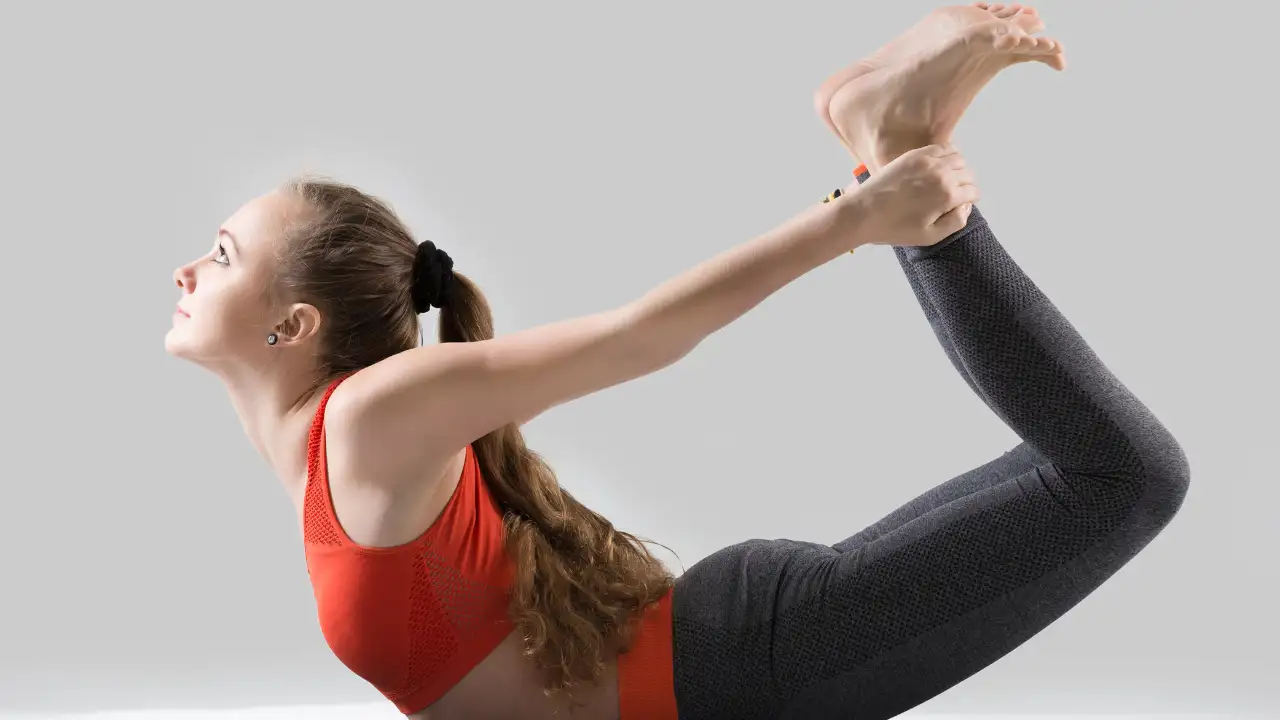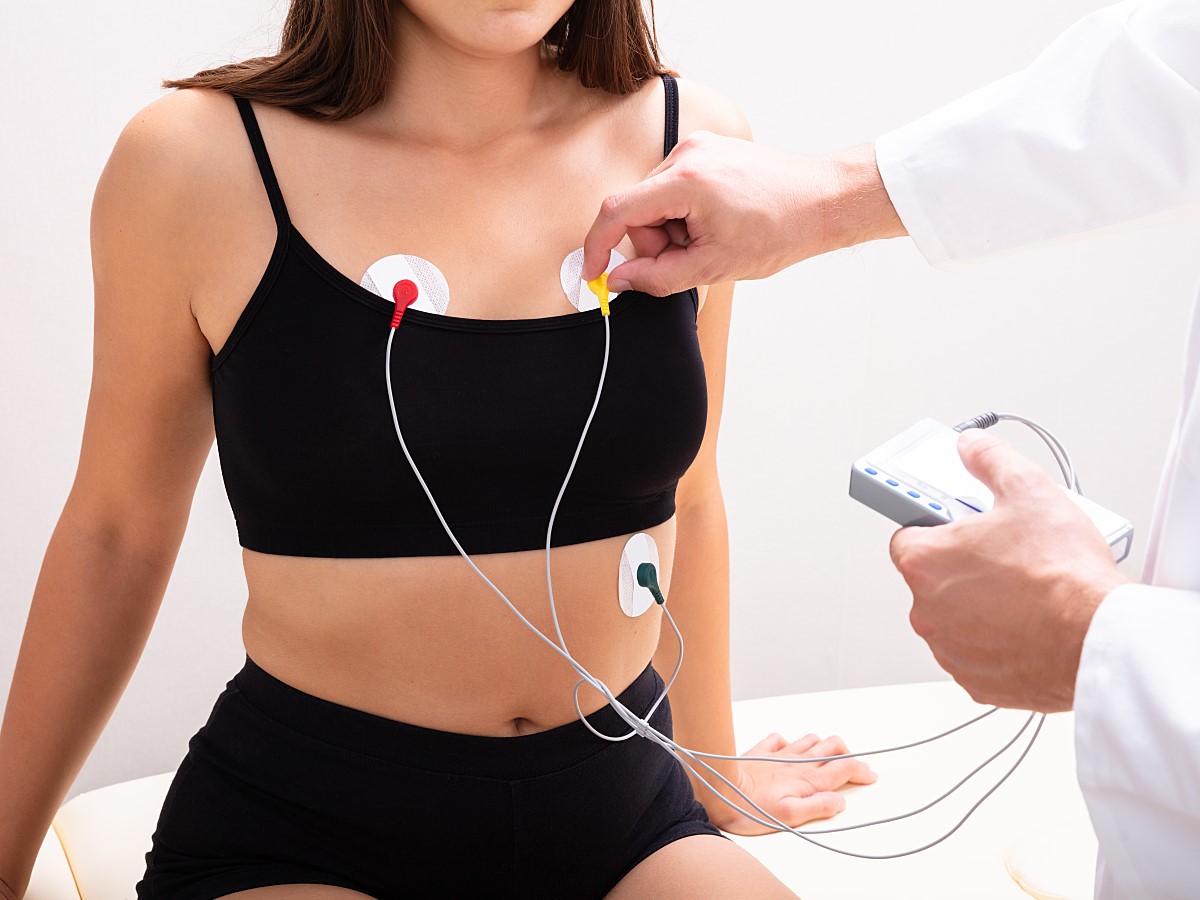Understanding the relationship between muscles and movement patterns is key to unlocking improved mobility. Modern lifestyles, which are characterized by prolonged periods of sitting and little physical activity, have a significant impact on our natural flexibility.
When we look for ways to improve our range of movement, it is important to focus on the key muscle groups that are central to movement.
A remarkable muscle connects the upper and lower bodies, and is vital to maintaining good posture and fluid movement. This muscle can become tight or short, causing various discomforts, such as lower back pain, and limited hip mobility. We can target these issues by incorporating targeted stretching exercises.
Consistency and good technique are essential to creating an effective program for flexibility. Warm up your muscles by gently moving them. This will make the muscles more flexible and open to stretching.
Special attention should be paid to any areas that are particularly tight, such as the hip area where important muscles attach to your spine and pelvis. When properly maintained, these muscles can improve mobility and ease daily discomfort.
While lying on your stomach, you can use controlled movements to stretch the hip flexors. This position maintains proper spinal alignment and targets deep-seated muscles. Breathe deeply as you perform these exercises. This will help muscles relax and respond to stretching better.
Consider incorporating dynamic stretching in your daily routine for optimal results. Dynamic movements, unlike static stretches improve flexibility and simultaneously strengthen supporting muscles. This approach is particularly helpful for the muscles that connect your legs and your core. These muscles are often compressed by prolonged sitting.
Set aside time every morning or evening to do stretching exercises. Focus on the hip and deep core muscles. Regular attention to these areas can be very beneficial. They often carry tension from daily activities.
You may notice that your daily life is improved as you improve in flexibility. You will find it easier to do simple tasks, such as bending down to tie your shoelaces and reaching up high shelves for items. Flexibility in the core muscles can improve posture, reduce back pain and enhance athletic performance.
Everyone’s body will respond differently to stretching exercises. Listen to your body, and adjust intensity and duration to suit your comfort level. Although some discomfort is to be expected, intense or sharp pain should prompt you to change your stretching technique.
By working with professionals and using services, you can ensure that your stretching routine targets the key muscle groups and maintains proper form while maintaining safety.
By focusing on the correct technique and practice, you can achieve a goal of improving your flexibility. This will contribute to your overall health and well-being. We can improve our mobility and reduce discomfort by focusing on the muscles deep in our core.
Conclusion
It’s not just about being able to touch your toes. It’s also about nurturing your body so that you can move better, have a more comfortable posture and feel better. As we lead a sedentary lifestyle, our key muscle groups such as the hip flexors, deep core muscles and those connecting upper and lower bodies become tighter and more restricted.
We can improve our mobility by incorporating dynamic movements and stretching. Listen to your body and get professional help if necessary. It is important to stretch mindfully. You’ll improve your flexibility and enjoy a more comfortable, smoother daily life with the correct technique and dedication.
Frequently Asked Questions
1. How frequently should I stretch to increase my range of motion?
Stretching should ideally be done every day, but even 10 to 15 minutes a day can eventually show results. Intensity is not as crucial as consistency.
2. What distinguishes static stretching from dynamic stretching?
Dynamic stretching entails deliberate motions that increase strength and flexibility. It’s perfect before working out. Static stretching is more appropriate for cooling down or stand-alone flexibility sessions and entails holding a stretch for 15 to 30 seconds.
3. Which muscles should I concentrate on to improve my flexibility and posture?
Pay attention to your lower back muscles, glutes, hamstrings, hip flexors, and deep core stabilizers. Long periods of sitting can cause these areas to become tight, which can affect posture and movement.
5. Is experiencing pain when stretching typical?
Sharp or severe pain is an indication to halt, even if you just experience slight discomfort or tightness. Pain may be a sign of overstretching, bad form, or a deeper problem.
6. Should I stretch after warming up?
Of course. Light aerobic or dynamic warm-up exercises improve blood flow to your muscles and get them ready for safe stretching.
7. Is it possible for stretching to enhance sports performance?
Indeed. enhanced range of motion, improved muscular coordination, and a lower chance of injury are all benefits of enhanced flexibility that can enhance sports performance.




